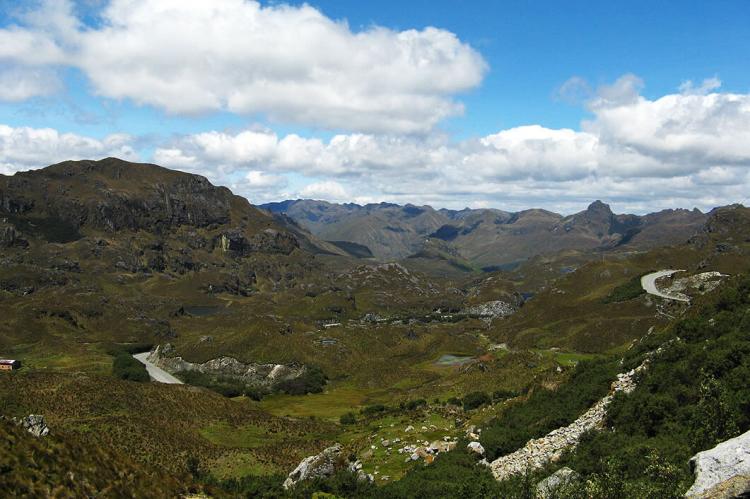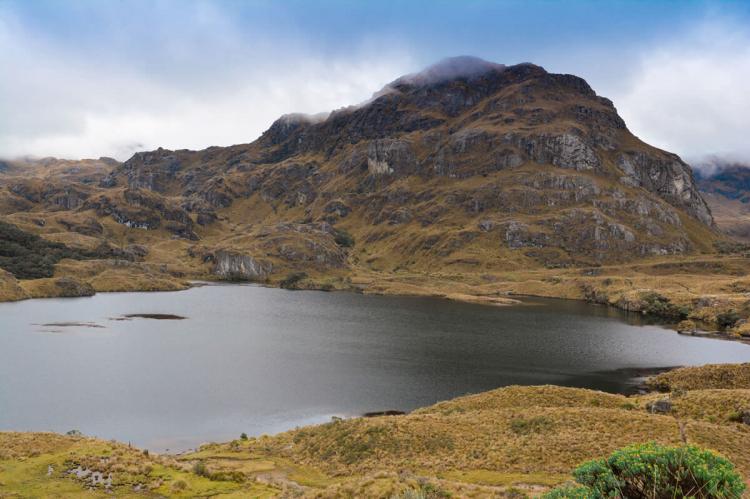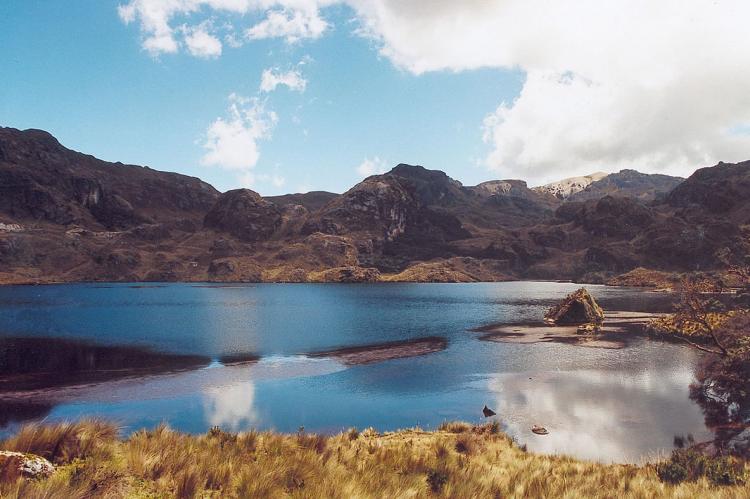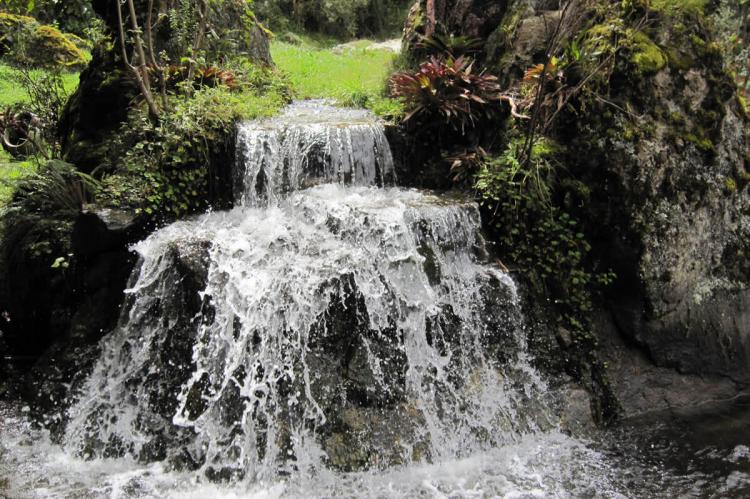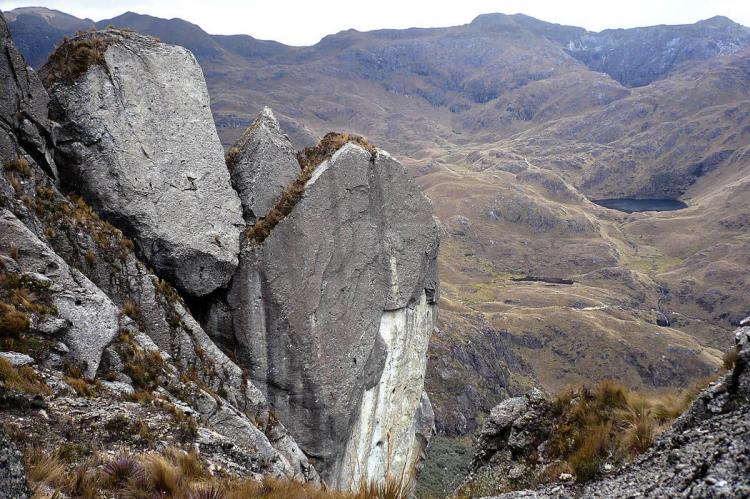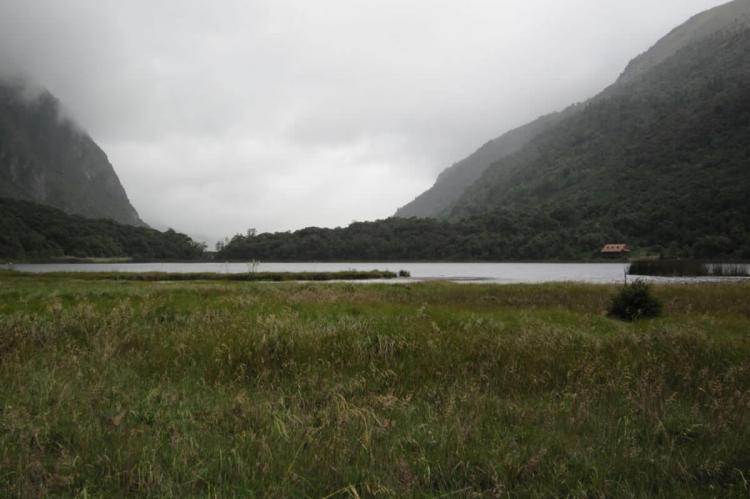Macizo del Cajas Biosphere Reserve (Ecuador)
The Macizo del Cajas Biosphere Reserve in southern Ecuador contains many ecosystems, ranging from high mountains to coastal and marine areas along the Pacific. It includes El Cajas National Park, which features tundra vegetation on a spectacular jagged landscape.
Macizo del Cajas Biosphere Reserve
Situated in southwestern Ecuador, the Macizo del Cajas Biosphere Reserve includes many ecosystems ranging from high mountains to coastal and marine areas along the Pacific.
Its surface area covers 976,600 ha (2,413,231 acres). It includes El Cajas National Park, the core zone, and the Quimsacocha National Recreation Area, essential in water provision and regulation.
The Macizo del Cajas Biosphere Reserve contains four major ecosystem types:
-
Páramo: comprises mainly tufted grasses (bunch) at 3,000 - 4,000 m (9,800 - 13,100 ft). The ceja andina shrub (located in the transition between highland montane forest and páramo) and cultivated fields where the Andean forest has been deforested are at their lower limit. The dominant genera are Calamagrostis and Festuca.
-
Montane forest: one of the most diverse ecosystems in the world. It performs several critical ecological functions, such as water harvesting and erosion control. However, it is also very fragile as its steep slopes make the forest extremely vulnerable to accelerated erosion under heavy rain conditions. The forests extend along the western slope of the Andes mountains.
-
Cloud forest: is located on the western flank of the Western Andes. It is characterized by irregular relief with steep slopes resulting in significant topographic variability. The key feature is high rainfall and humidity, with the constant haze interspersed with vegetation. These waters drain into creeks and streams, which function as important sources for the major water systems of the western region.
-
Mangroves: comprises tidal areas and, depending on the location, may either be permanently flooded or subject to twice-daily floods. This gradient flood level and saline soil influence the structural and compositional characteristics of the vegetation. In the Pacific, the amplitude of tidal variation is more significant than in the Caribbean, and mangroves extend far into the river deltas. This dynamic produces intense succession processes, resulting in the formation of almost monospecific communities.
Socio-Economic
Around 838,800 people live in the Biosphere Reserve: approximately 7% inhabit the buffer zone, and about 93% live in the transition zone. The core zone is unpopulated.
Large and medium-scale agricultural and aquaculture activities, essential national economy export items primarily characterize the coastal territory. In addition, the expansion of arable soil and shrimp farming has absorbed remnants of forests in the foothills of the western mountains and mangroves.
